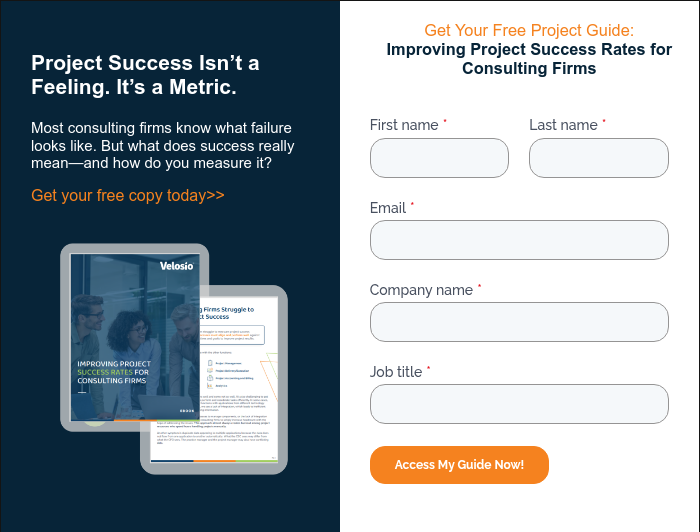Warning Signs for Consulting Firms: What to Watch Out For and How to Resolve
Discover key warning signs of inefficiency in consulting firms and learn strategies to prevent burnout, streamline operations, and deliver better client results with data-driven tools.




